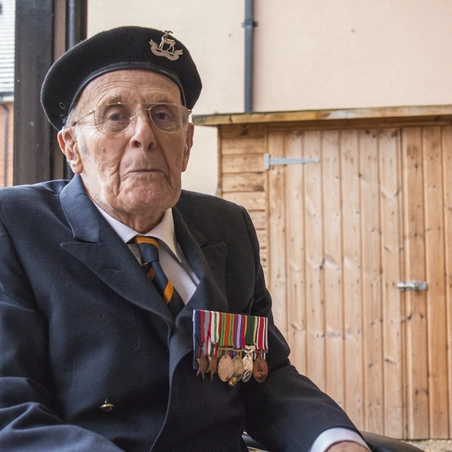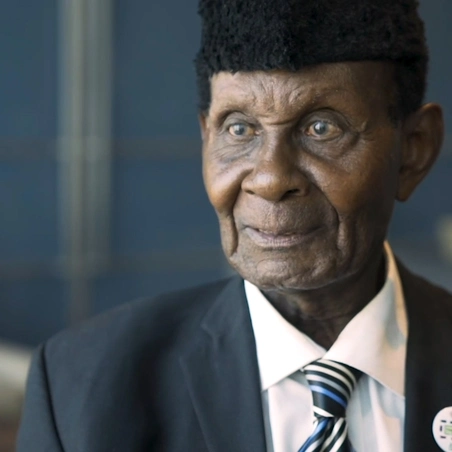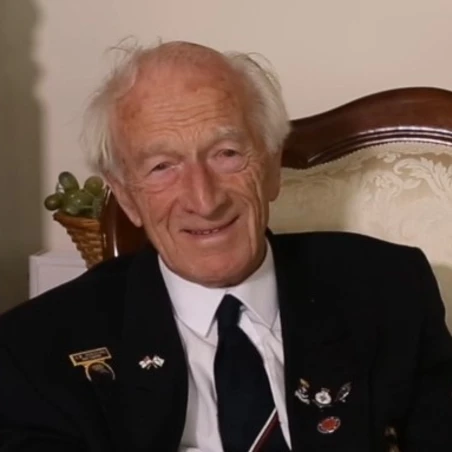This year sees the 85th anniversary of the operations that saw hundreds of thousands of troops and other personnel evacuated from France.
We remember the courage and endurance of those who were saved, and the thousands of lives lost, who must never be forgotten.
Operation Dynamo
On 10th May 1940, German forces invaded France and the Low Countries, and rapidly advanced, pushing the British Expeditionary Force (BEF) along with French and Belgian troops to the coast.
A huge rescue from Dunkirk, Operation Dynamo, was organised by the Royal Navy and over 800 naval vessels sped to the port to transport troops across the English Channel.
Defences were established around the port, and RAF aircraft attempted to protect the thousands who were crammed into Dunkirk's buildings, streets and along its beaches and vulnerable to German air attack and shelling.
The evacuation began on 26th May. Large warships could only pick up troops from the town's sea wall, or send their boats to collect them. To speed up the process, the British Admiralty appealed to the owners of small boats for help. These became known as the 'little ships'.
By 4th June more than 338,000 troops, one third of them French, had been evacuated. Yet 90,000 had been taken prisoner and the British left behind the majority of its tanks and heavy guns.
The Royal Navy's destroyers, minesweepers and requisitioned merchant vessels repeatedly crossed to Dunkirk, without rest, and suffered terrible casualties.
Some 236 vessels were lost.
The Dunkirk evacuation was an extraordinary achievement and an important event for the Allies. If the BEF had been captured, it would have meant the loss of Britain's professional troops and the collapse of the Allied cause in Europe.
It was the largest evacuation in military history and provided a boost to civilian morale, and the 'Dunkirk spirit' was born.
Operation Aerial
Requisitioned by the Admiralty, His Majesty's Troopship (HMT) Lancastria had participated in the evacuation of thousands of British, French and Polish troops from northern Norway in early June 1940.
Along with other ships, she was then reassigned to Operation Aerial, the evacuation of British civilians, embassy staff, and some 50,000 troops from western French ports including St. Nazaire.
By the time Lancastria docked at St Nazaire at 4am on 17th June, there were thousands of men, women and children waiting to be evacuated, and the German advance was just days away from capturing most of the Breton ports.
The crew of the Lancastria found themselves in a race against time.
Because of the losses of the other requisitioned vessels, the Captain of Lancastria was told to embark as many people as possible.
Estimates vary as to how many came aboard. The captain estimated there were 5,500, although an officer was told that there were more than 7,200. People crammed on the decks of a ship fitted to carry 2,500 passengers and crew.

While still at anchor, and with thousands aboard, the Lancastria was attacked by German dive bombers and she received direct hits. Listing heavily, many of her lifeboats were inaccessible or damaged beyond use.
Within 25 minutes Lancastria capsized and sank.
Surrounding vessels bravely entered the water to rescue survivors, despite heavy German gunfire, and over the next few hours 2,500 were saved from the oil-slicked waters.
Yet the number of casualties was catastrophic. While there are no official figures, estimates range from 3,500 to 6,000 deaths.
At the time, news of the tragedy was supressed so as not to impact public morale after the agony of the Dunkirk evacuations.
The sinking of the Lancastria remains the worst disaster in British maritime history and the largest single loss of British forces in the Second World War, yet remains little known.
We remember the lives lost and the endurance of those who were saved, and the courage of the rescuers.





